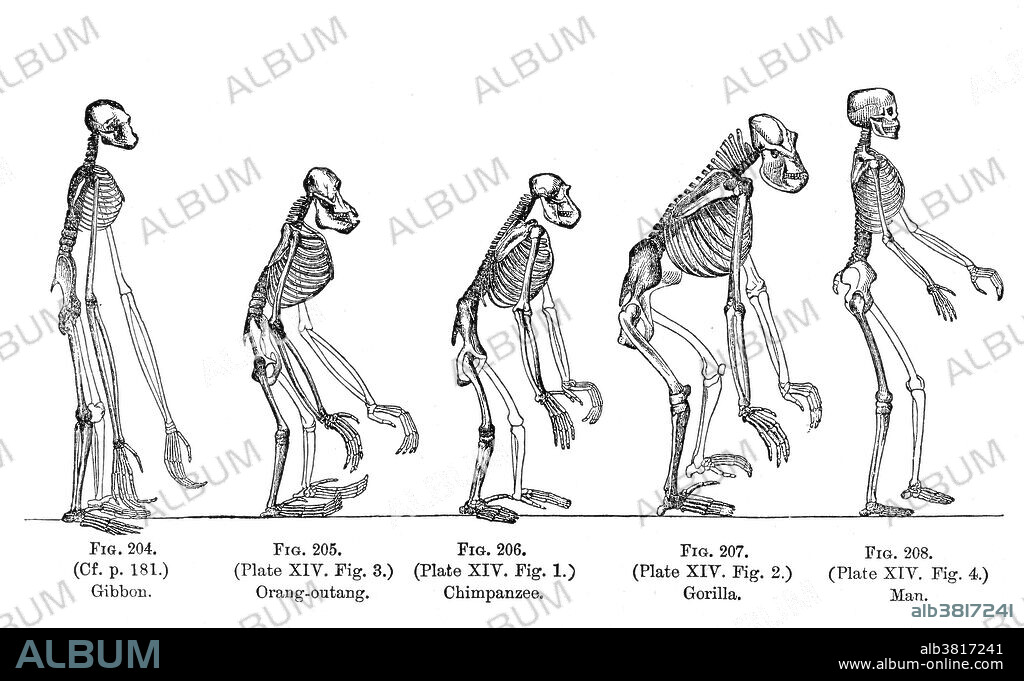alb3817241
Ernst Haeckel, Evolution of Man, 1879

|
Zu einem anderen Lightbox hinzufügen |
|
Zu einem anderen Lightbox hinzufügen |



Haben Sie bereits ein Konto? Anmelden
Sie haben kein Konto? Registrieren
Dieses Bild kaufen.
Nutzung auswählen:

Titel:
Ernst Haeckel, Evolution of Man, 1879
Untertitel:
Siehe automatische Übersetzung
The Evolution of Man, 1879. A popular exposition of the principal points of human ontogeny and phylogeny by Ernst Haeckel. The naturalist Ernst Haeckel (1834- 1919) was a German biologist, naturalist, philosopher, physician, professor and artist who discovered, described and named thousands of new species, mapped a genealogical tree relating all life forms, and coined many terms in biology, including anthropogeny, ecology, phylum, phylogeny, and the kingdom Protista. Haeckel promoted and popularized Charles Darwin's work in Germany, though he and Darwin did not always agree. Haeckel's racist views, though not exceptional for the time, were incorporated into his scientific work. Haeckel wrongly believed that the gibbon, like the other primates shown here, was a close relative of humans, because it is the only ape which always moves upright on two legs.
Bildnachweis:
Album / Science Source / Wellcome Images
Freigaben (Releases):
Model: Nein - Eigentum: Nein
Rechtefragen?
Rechtefragen?
Bildgröße:
5118 x 3138 px | 45.9 MB
Druckgröße:
43.3 x 26.6 cm | 17.1 x 10.5 in (300 dpi)
Schlüsselwörter:
AFFE • DEUTSCH • EVOLUTION • GIBBON • GORILLA • ILLUSTRATION • ILLUSTRATIONS • MANN • MENSCH (MENSCHEN) • MENSCH • MENSCHENAFFE • MENSCHLICH • PRIMATEN • THÉORIE
 Pinterest
Pinterest Twitter
Twitter Facebook
Facebook Link kopieren
Link kopieren Email
Email
